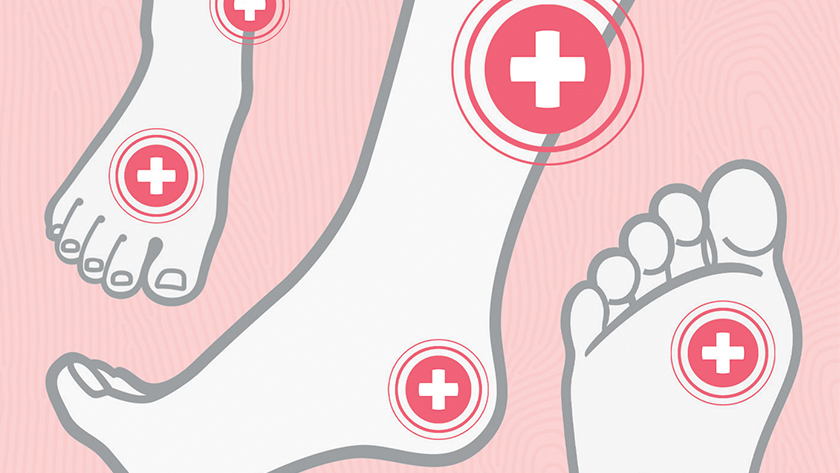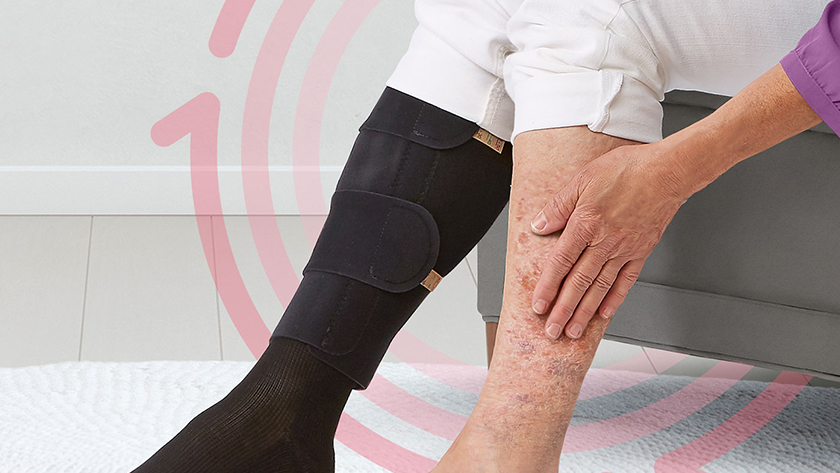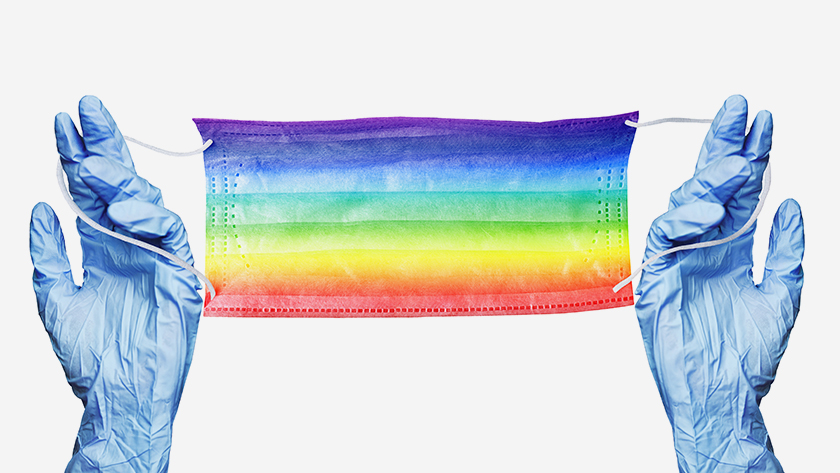Patient-centered care: Incorporating strategies to help heal chronic wounds
Discover the positive impact one clinician had on her non-compliant patient.

The concept of patient-centered care was defined in a 2001 Institute of Medicine publication titled, “Crossing the Quality Chasm: A New Health System for the 21st Century.” In this call for improvements to the US healthcare system, “patient-centeredness” is described as essentially “providing care that is respectful of and responsive to individual patient preferences, needs, and values and ensuring that patient values guide all clinical decisions.”¹
To help guide patient-clinician relationships, the book offers a list of rules, covering topics such as customization of care, anticipation of patient needs and cooperation among clinicians.²
Although there’s been some evolution of the term—a move to “person-centered” care as more inclusive—the idea remains the same. The individuals are at the center; the care providers surround them as support.
Here, we relay a case that demonstrates the possibilities when you tailor treatment, meet the patient’s needs and cooperate across the continuum of care. The following story comes from Medline Director of Clinical Resources Patricia Turner, BSN, RN, CWOCN, CWS, who calls her experience a “lightbulb moment.”
The hard-to-heal diabetic foot ulcer
Turner had been working part time at a wound care clinic and per diem every other weekend for a home care agency. At the clinic, they had been treating a woman in her 60s for a diabetic foot ulcer on the bottom of her foot. As part of her treatment plan, the woman was told to stay off her foot.
But every time the woman returned to the clinic, it was clear by her callous buildup that she was not staying off her foot.
When Turner and the other clinicians asked why she wasn’t staying off her foot, “She was stoic and said she was doing the best she could.” No one explored any further. “We simply labeled her as noncompliant,” Turner says.
The revelation of reality at home
About two months passed, and by coincidence, Turner was assigned to visit this woman as part of her bimonthly work with the home health agency. After driving up a long, dirt driveway, Turner approached the woman’s house, a very old farmhouse.
The first thing Turner noticed was the long staircase and wide porch that led to the front door. Without an attached garage, the woman would have to walk these 15 or so stairs and cross the porch just to get inside.
After helping with the woman’s dressing change, Turner headed down to the bathroom to wash her hands, and she noticed an elderly man in the living room. He had a walker and an oxygen tank. Turner was told this was the woman’s husband who was in end-stage renal disease and on at-home dialysis.
“I started realizing why it was so hard for this woman to take care of herself.”

Patricia Turner
BSN, RN, CWOCN, CWS
Not only was the woman taking care of her ailing husband, but Turner soon learned she was also caring for her 90-plus-year-old mother who was suffering from Alzheimer’s and bedbound, two flights up.
How empathy and understanding led to better care
This woman, who they were telling to stay off her feet, was doing all the grocery shopping, cooking, cleaning and caring for herself and two other sick loved ones.
“I started realizing why it was so hard for this woman to take care of herself,” Turner said she felt bad and she asked the woman, “Why didn’t you say anything?” The woman’s answer: “I don’t like to complain.”
“It was the mindset of ‘This is my life, and I’m not going to worry about me.’” Turner recalls. “It was such an eye-opening experience for me.”
Finding the right resources to help improve the outcome
Knowing the woman’s situation spurred Turner to take action.
Turner worked with the home health agency to secure twice-weekly Meals on Wheels, as well as a home health aid for the woman’s mother. They also helped the woman get a rolling knee walker device so she could take some pressure off her foot whenever possible. “It wasn’t ideal, but it was offloading that the patient could do and was willing to do,” Turner notes.
“This is my life, and I’m not going to worry about me.”
The offloading combined with help for her loved ones allowed the woman’s diabetic foot ulcer to finally heal. But, says Turner, “This was a fluke that I was able to see her home life first-hand. It shouldn’t have taken me to make the connection.”
“After the second or third time when she came back with callous buildup, we should have asked the home health agency what was going on. They could have helped us figure it out,” Turner stresses.
5 ways you can incorporate patient-centered care
When it comes to achieving patient-centered care, it’s important to remember that some people may need more from you than the boiler-plate care.
How to help make patients the center of your care:
- Talk to your patients to get a sense of their home lives
- Communicate across the continuum of care
- Pull in other support services when necessary
- Take the time to step back and figure out what’s standing in the way of success
- Remember that skin and wound care is not one-size-fits-all
Patient-centered care is just that: The patient is in the center, and “Around the patient are all the caregivers, not just you,” Turner explains. It might be a primary care physician, long-term care provider, physical therapist, home health. “Whoever is around the patient, that’s who needs to be involved,” Turner says.
7 questions to gather information to help your patients
It’s not always obvious what your patients and residents need, but one thing that’s certain: Each individual has their own circumstance that affects how they handle at-home treatment.
Start with these questions to learn more about your patients so you can provide the best care:
- What are your fears about your wound? If you don’t have any fears, why not?
- Do you have responsibilities that keep you on your feet all day?
- Do you have a lot of stairs in your home that you need to climb each day?
- Are there any other physical barriers in your home that make it hard to follow the treatment?
- Are you the primary caretaker for other family members?
- Do you have other family you can ask for help?
- What additional resources could help you carry out your treatment plan?
References:
- Boissy, MD, MA, A. (2020). Getting to Patient-Centered Care in a Post–Covid-19 Digital World: A Proposal for Novel Surveys, Methodology, and Patient Experience Maturity Assessment. NEJM Catalyst. Published.
- Institute of Medicine (US) Committee on Quality of Health Care in America. Crossing the Quality Chasm: A New Health System for the 21st Century. Washington (DC): National Academies Press (US); 2001. 3, Formulating New Rules to Redesign and Improve Care. Available at https://www.ncbi.nlm.nih.gov/books/NBK222277/




